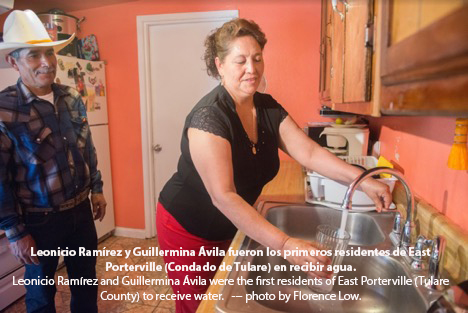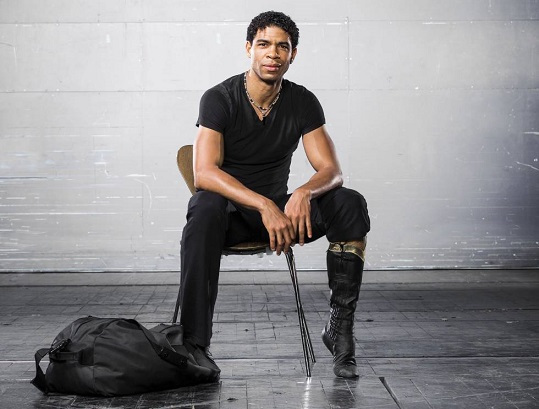by writing ACI Press
Thousands of children who attend “gender clinics” worldwide receive powerful medications that block puberty and lead to serious side effects, including death, according to data from the U.S. Food and Drug Administration (FDA).
In an article published by the National Catholic Register, based on information from the same agency of the US government, it is explained that this type of medication “is only approved to treat prostate cancer and uterine pain in adults”, and that between 2013 and on June 30, 2019, more than 41 thousand adverse events were recorded.
Of those events, the FDA classified as “serious” more than 26,000 associated with two hormonal blockers, leuprolide acetate and triptorelin (which includes Lupron and similar drugs used by clinics), which caused 6,370 deaths.
These medications, which drastically reduce testosterone and estrogen levels in the body, are related to life-threatening blood clots and cause severe ailments, such as fragile bones and joint pain.
The Register argues that “fatal blood clots, suicidal behavior, reduced IQs, fragile bones and sterility are just some of the possible side effects of ‘puberty blockers’ that the ‘transgender’ industry does not want to be I talked”.
The National Health Service (NHS) of the United Kingdom is currently investigating problems related to the use of these medicines, since in 2018 there was an increase of 4,500 percent in the number of young people seeking treatments to alter their biological sex in The last nine years.
These types of medications, sometimes called “chemical castrators” because they are used to treat sex offenders, are increasingly used as the main treatment for children with “gender dysphoria” (disagreement or discomfort with the body or biological sex ) Only 10 years of age when they are referred for advice.
Frequently, at their first visit, children and adolescents are implanted with hormone blockers or taught to self-inject medications to “pause” their adolescence and prevent developmental changes, such as breast growth and facial hair while deciding what sex they would like to identify with.
This practice recently gained the backing of the Endocrine Society and the American Academy of Pediatrics, however, the FDA does not authorize medications to be administered to those who perceive themselves as “transgender,” due to the lack of supporting evidence.
Michael Laidlaw, an endocrinologist from Rocklin, California, testified before the British House of Lords on the issue of “transgender medical care” in May 2019. Laidlaw told the National Catholic Register that “these medications actually induce a known disease in previously healthy children hormonally”.
Puberty blockers, he explained, interfere with normal signals between the brain and the sexual organs, thus creating a state of disease called hypogonadotropic hypogonadism in young people.
“It is a serious condition that endocrinologists would normally diagnose and treat because it interferes with development, but in cases [of gender dysphoria] they induce this state of disease,” Laidlaw said.
Because the medications are relatively new, their long-term effects have not yet been fully determined, but a 2018 study on the long-term risks of puberty blockers by researchers at the Boston Children’s Hospital found that While it is announced that the side effects of the medications should “resolve within three to six months after stopping treatment,” in reality, “most people reported long-term side effects, while almost a third reported side effects. irreversible that persisted for years after stopping treatment.”
In addition to the experts, those who have experienced the effects of the medications also reported various problems.
In social networks, several women describe long-term side effects after taking medications when they were girls. A woman wrote on a Facebook page, called BAN Lupron, that she was given Lupron for years as a child to stop premature puberty, and now, as a mother of two she has “a herniated disc in the lower lumbar area, dysfunction of the sacroiliac joint, torn meniscus in the right knee, shoulder pain, ‘tendonitis’ in the left foot, extreme caries and minimal remaining teeth, and temporomandibular joint disorder (jaw pain). ”
Another 25-year-old said on the page that she suffers from osteoporosis and a broken spine, while a 26-year-old said the need for a total hip replacement.
Other young people who take puberty blockers complain about similar side effects and menopausal symptoms, including hot flashes, insomnia, fatigue, rapid weight gain and decreased bone density.
“I hit my toe and it broke. I fell and broke my wrist. The same with my elbow, ”an anonymous teenager told The Times in London, who was prescribed medication by the Tavistock NHS gender center.
Donald Greydanus, a pediatrician at Michigan State University, told the Register that “governments and medical organizations should investigate reports of patient and family complaints in this regard.”
Laidlaw, on the other hand, described the hormone blocking drugs as “unproven” and “unsafe” for teenage children. In addition, he said that they block the normal development of the brain and a series of other bodily functions, as well as sexual maturation.
Translated and adapted by Diego López Marina. Originally published in CNA.









